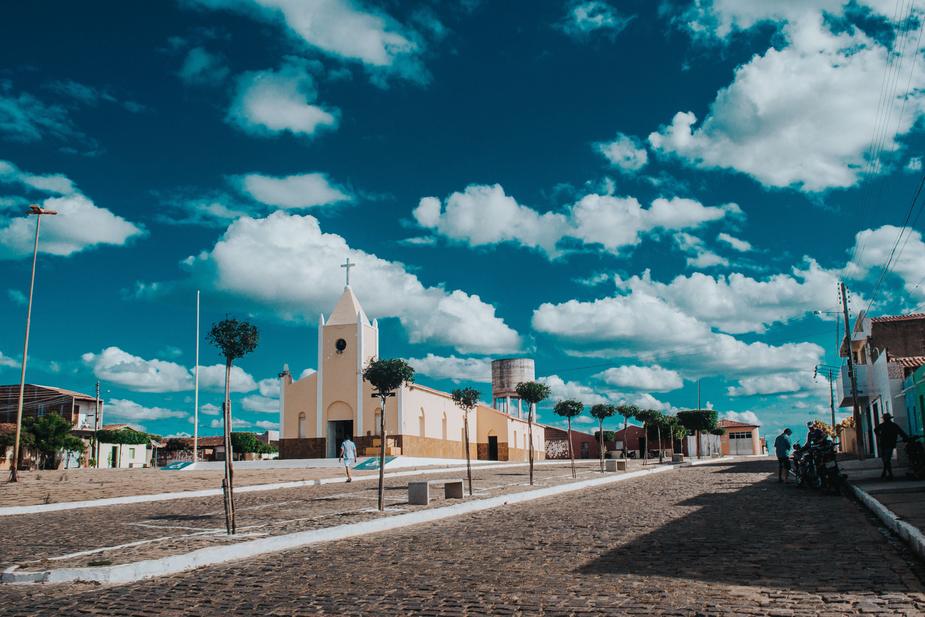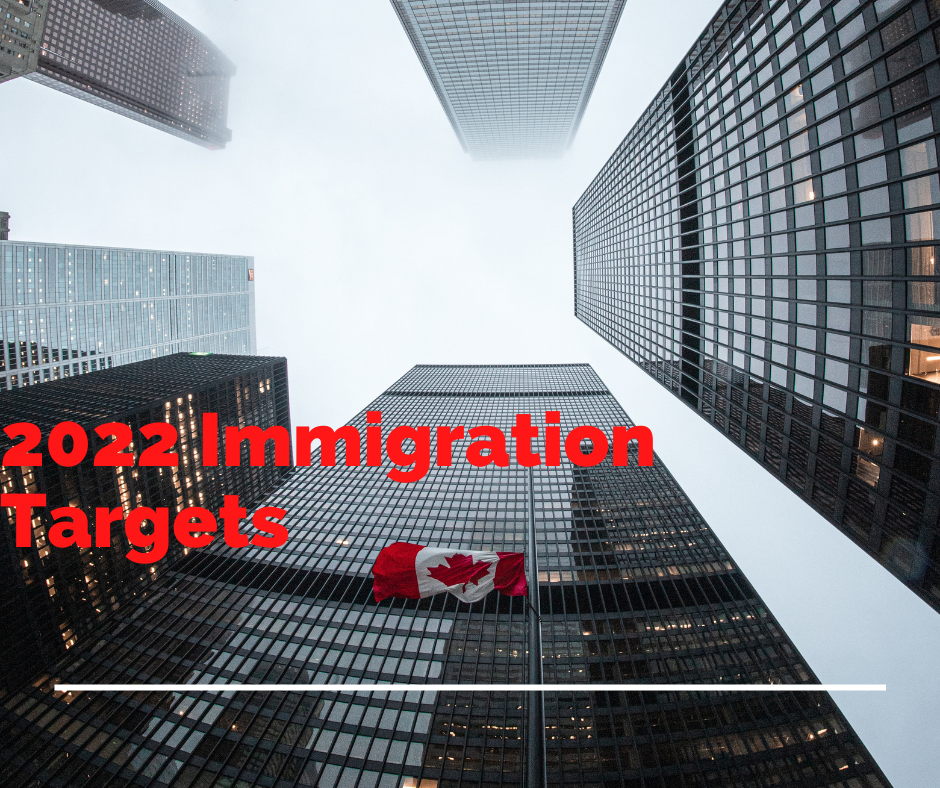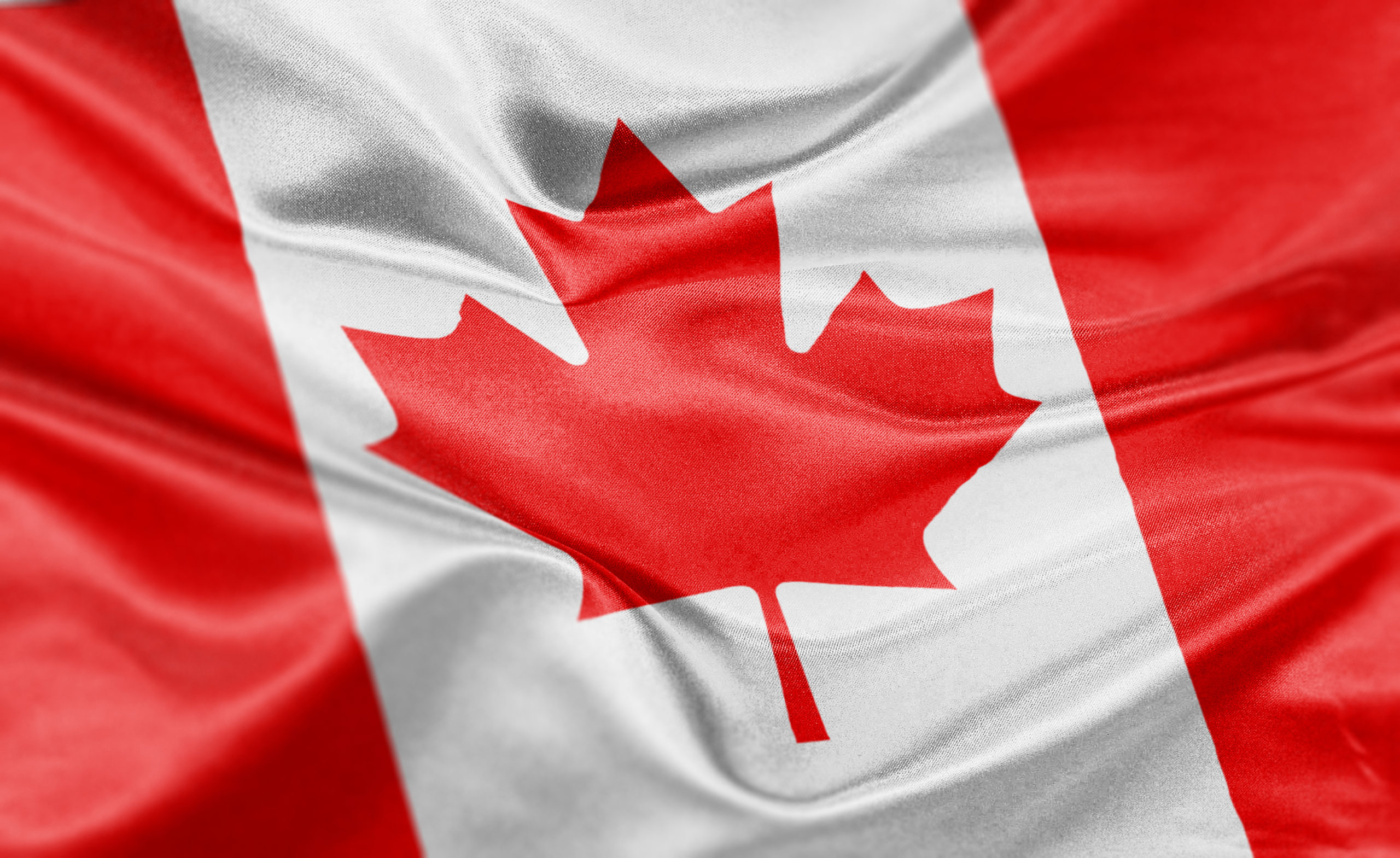
Start a promising career in a new community with Canada’s Rural and Northern Immigration Pilot
While there’s no mistake that cities like Toronto and Vancouver are dazzling, Canada has far more to offer than just the hustle and bustle of big city life. There are many smaller communities across Canada that have their own booming economy and promising employment opportunities. And the Government of Canada will soon be launching it’s new Rural and Northern Immigration Pilot (RNIP) in 11 promising communities across Canada!
The towns, in British Columbia, Alberta, Saskatchewan, Manitoba, and Ontario, will be accepting applications from foreign workers who want to live and work in these rural communities. What’s more, Immigration, Refugees and Citizenship Canada (IRCC) will also look at permanent residence applications from the programs’ candidates who are recommended by their community. That means that successful candidates of the RNIP could receive Canadian permanent residence while living and working in the community.
Two of the eleven towns have officially opened for applications: Sault Ste. Marie, Ontario and the Altona/Rhineland community in Manitoba. Both of these communities will be accepting applications from skilled foreign workers with offers for full-time jobs in the area.
Another community in the roster, Thunder Bay, Ontario, will allow employers to post their job offers after December 1, 2019. Subsequently, candidates will be able to submit their applications for the jobs and immigration pilot after January 2, 2020.
As for the remaining communities participating in the pilot, the IRCC will be launching their websites in the near future. The two communities that are now open for applications each have a unique points-based system with their own criteria for candidates.
How to apply for the RNIP
All applicants of the RNIP must have a job offer from a participating employer in one of the 11 communities to be eligible for the pilot.
After receiving their job offer the applicants’ next step is to apply to receive a community recommendation. Each community participating in the program has a set amount of recommendations that they can give out each year. Every community can accept around 100 applicants, in addition to their families, every year.
If their community recommendation is approved, then the RNIP candidate can apply to IRCC for a Canadian permanent residence. The IRCC predicts that there could be as many as 2,750 applicants receiving permanent residence as a result of the program, in addition to the applicants’ families.









